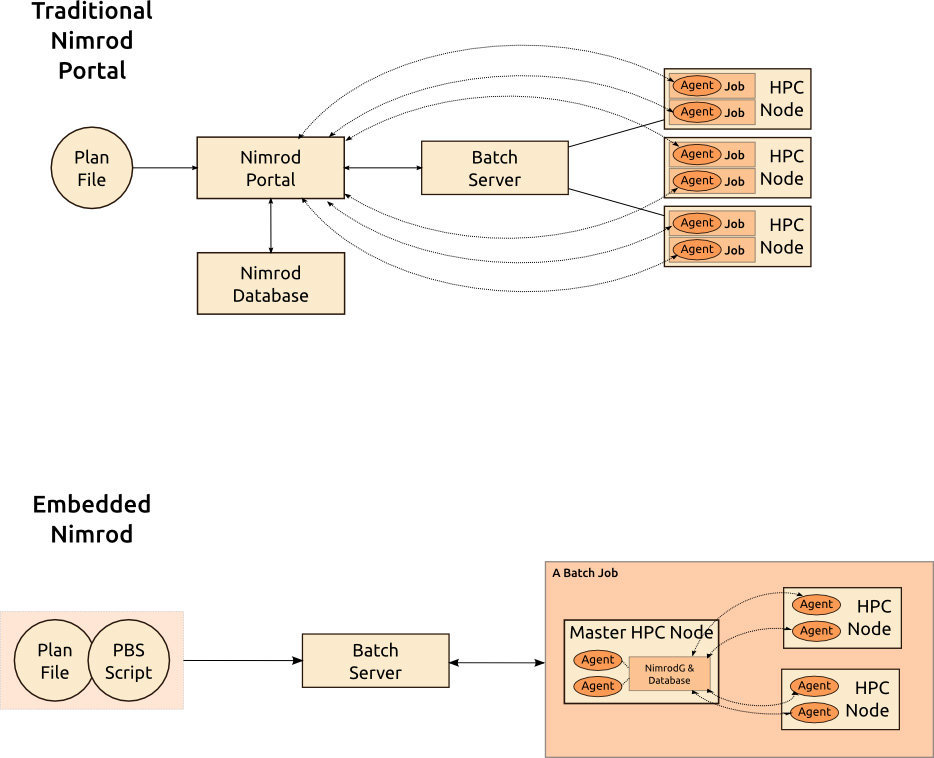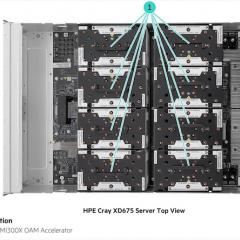UQ’s Dr Mahboobeh (Mia) Moghaddam is researching the most efficient and cost-effective way to transport cargo containers inland from the Port of Brisbane, and is using RCC infrastructure to do so.
The School of Economics postdoctoral research fellow has developed an optimisation model that provides the assignment of containers to trucks, and the scheduling of truck trips with the objective of minimising the total travelled distance.

Truck trips account for 20 to 80 per cent of the total transportation cost of a shipping container, despite being the shorter distance segment of the container’s journey.*
For port authorities, constant improvement of drayage operations not only increases their competitive advantage compared to other ports, it also assists their response to the public’s concerns about truck movements around urban areas, which are often blamed for increasing road congestion, environmental pollution, and road safety risks.**
As the problem Dr Moghaddam has modelled is a very complex one (multiple factors are involved, for example, full versus empty containers, direct versus indirect delivery, and a host of other variables), it can take a long time to find the optimal solution out of all the possibilities.
Her experiment, using simulation data seeded from a real transport company, included 600 problem instances, that each could last up to 3.5 hours.
An embedded version of RCC-supplied scientific workflow Nimrod, known as Embedded Nimrod, provided Dr Moghaddam with the infrastructure to run the problem instances in parallel on an RCC-supported high-performance computer.
Dr Moghaddam said as a result, her experiment could be run in a much shorter time compared to a local desktop machine.
“The infrastructure provided the opportunity to run the experiment for as many rounds as required, without being worried about the run time. We had the possibility to detect problems in the model or the experiment design, fix the problem, and re-run the model as the running time was not a concern,” she said.
“Our experiments show that despite the complexity of the problem, our formulation can efficiently allocate container transport requests to trucks up to a reasonable problem size. More specifically, the mechanism is able to find very close to optimal solutions in reasonable time for small and medium-size problem instances. Even for large instances, the mechanism can achieve a high success rate by using low-capacity trucks.”
Nimrod
Nimrod is a specialised parametric modelling system. It provides the machinery to automate the task of formulating, running, monitoring, collating, presenting and visualising the results from multiple individual experiments.
Nimrod incorporates distributed scheduling so that the appropriate number and kind of resources to complete the job, e.g., HPC and virtual machines, can be selected and used.
How is Embedded Nimrod different?
Embedded Nimrod is a version of the Nimrod high-throughput computing tool that can be utilised within batch jobs on a HPC.
Embedded Nimrod builds a miniature Nimrod environment within your Portable Batch System (PBS) job resources and starts processing the experiment plan file you included with the job submission.
A win-win for our HPCs
RCC HPC Manager Dr David Green said he could see Embedded Nimrod’s potential from the outset to better manage high-throughput computing workloads on HPC clusters.
“We were often seeing scatterings of small footprint jobs, especially on HPC Tinaroo, that were causing issues for the scheduling of larger footprint jobs. Embedded Nimrod provides us with another powerful option to manage workloads on our HPCs," he said.
User benefits
High-throughput workloads submitted as whole jobs or job arrays are treated as distinct batch system entries and there is potential for delays while scheduling. However, once an Embedded Nimrod job commences running, it stays resident on the HPC until all the tasks to be done are completed.
Embedded Nimrod manages the sequence of tasks internally without the need to go back to the batch system to be allocated resources. The resources you requested are yours until Nimrod has completed all the tasks.
What to note
To use Embedded Nimrod means you need to know how to write a plan file for Nimrod, which is not too difficult and RCC provides documentation to assist you that contains sample code for different scenarios.
You also need to think slightly differently about your job resource request, but again, this is not too difficult, and RCC can assist you (email: rcc-support@uq.edu.au).
Typically, you will want to request a big resource footprint so that multiple tasks can be active at the same time. The queuing for larger footprint resources is usually longer than small job footprints, however, once the wait is over there is no queue-wait after that, just the time it takes for each task to be completed.
What workloads are already using Embedded Nimrod?
Researchers from several disciplines have kindly helped RCC by being early adopters or by providing use cases for us to test the Embedded Nimrod deployment. These include:
- Inland drayage operations (Dr Mahboobeh Moghaddam’s research, School of Economics)
- Traffic simulations (School of Civil Engineering)
- Genome analysis (School of Biological Sciences)
- Molecular simulations (School of Chemical Engineering)
- Threatened species (School of Biological Sciences)
- Spatial ecology (School of Biological Sciences)
- Brain MRI (Centre for Advanced Imaging).
* Macharis and Bontekoning 2004, and Notteboom and Rodrigue 2005.
** Giuliano and O’Brien 2007, and Schulte et al. 2015.




